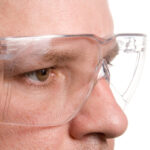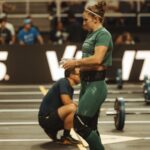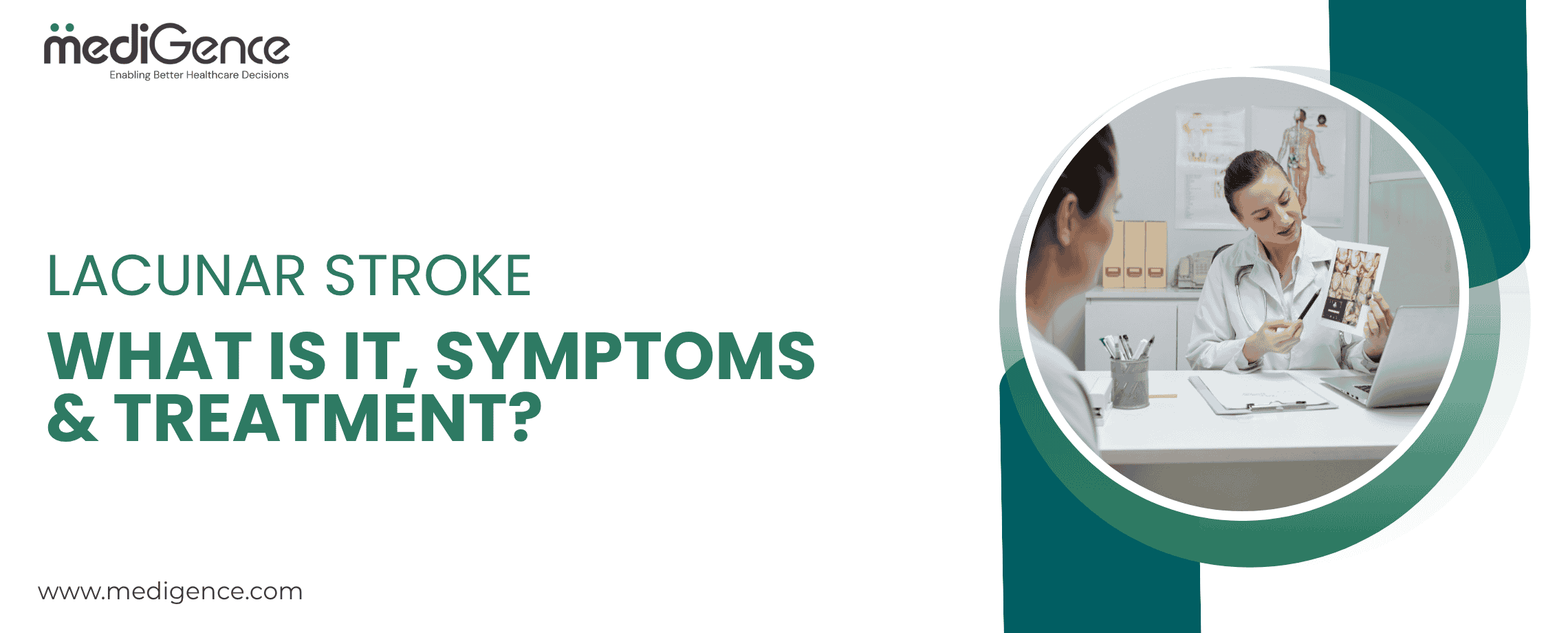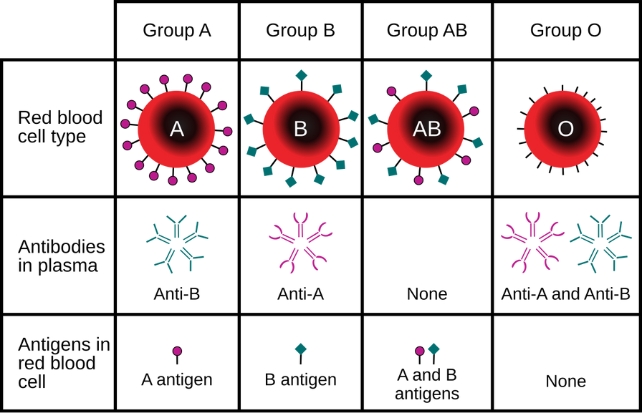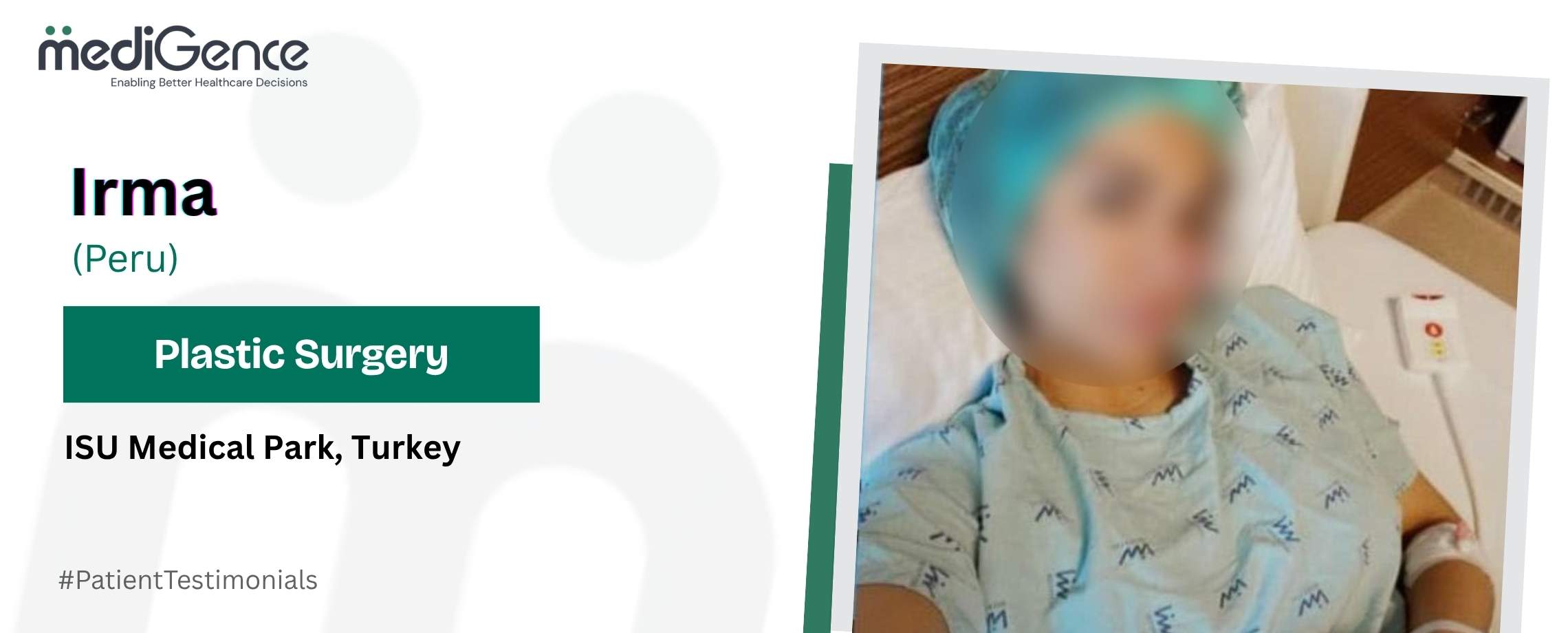A type of ischemic stroke known as a lacunar stroke occurs when one of the Circle of Willis’s tiny, deeply perforating branches, which are crucial for the brain’s blood flow, becomes obstructed. The central region of the brain is surrounded by the Circle of Willis, a complex network of multiple large arteries. Crucially, blood flow safety is another function of the Circle of Willis. Due to its form, the Circle of Willis allows blood to flow either forward or backwards, compensating for damaged or restricted arteries. Thus, when the arteries on one side of the brain experience decreased blood flow, this safety mechanism, driven by fluctuating blood pressures, promotes blood flow from one side to the other.
About one-fifth of all strokes are lacunar strokes, according to the National Institutes of Health (NIH). Because strokes of any kind deprive brain cells of oxygen, the cells begin to die within minutes, which might have an adverse effect on your health.
Causes of Lacunar Stroke
The cause of all ischaemic strokes is an obstruction, or blockage, of the blood flow to a particular area of the brain. When parts of the brain are denied oxygen-rich blood, tissue injury and hypoxia result.
The following are some of the most typical underlying reasons for a lacunar stroke occlusion:
1. A condition known as diabetes mellitus results in unusually high glucose (sugar) levels because the body is unable to create or react to insulin appropriately. Unprocessed glucose can then accumulate in the circulation, raising the risk of blood clotting and increasing the possibility of plaque accumulation in the arteries.
2. Plaques, or fatty deposits, accumulate in the vessels as a result of excessive fat deposition (atherosclerosis). A clot that forms inside one of the tiny arteries due to atherosclerosis can stop blood flow.
3. A powerful throbbing sensation over the arteries or a bounding pulse might be caused by hypertension (high blood pressure). Damage and narrowing of the arteries may result from this disorder, which facilitates the formation of blood clots and the obstruction of blood flow.
4. The thickening of the blood vessels deep within the brain, known as lipohyalinosis, makes them more prone to obstructions. Your arteries become less roomy for adequate blood flow as a result, increasing the likelihood of blockages.
5. An irregular mass of fatty or lipid material known as a microatheroma might worsen plaque accumulation in an artery’s innermost layer.

Book Online Consultation
Lacunar Stroke Syndrome
Lacunar stroke syndrome refers to a group of symptoms caused by a few of the lacunar strokes. In general, those who have the illness may encounter it. Although more than 20 lacunar syndromes have been identified by doctors, the most prevalent ones are as follows:
- Dysarthria, clumsy hand syndrome, or trouble writing and speaking
- Pure motor hemiparesis or weakness in one arm or leg,
- Pure sensory stroke, or when one side of the body or face loses or has abnormal sensation
- Ataxic hemiparesis, or problems with balance and coordination
Symptoms of Lacunar Stroke
Depending on which area of the brain loses blood flow, lacunar stroke symptoms can differ. Sensation, movement, sight, speech, balance, and coordination are among the functions that are controlled by distinct regions of the brain. Symptoms may consist of:
- Facial, arm, leg, foot, or toe weakness or paralysis
- Numbness
- Clumsiness of a hand or arm
- Paralysis of the eye muscles
- Difficulty speaking
- Difficulties walking
- Paralysis or weakness on one side of face
- Speech that is slurred or jumbled (dysarthria)
- Loss of facial muscular control on one side
- Double vision (diplopia) or blurry eyesight
- Lightheadedness or vertigo
- Vomiting and feeling queasy
Treatment of Lacunar Stroke
Restoring blood supply to the brain is the most crucial aspect of treating a lacunar stroke. In order to lower your chance of death, new disability, and irreversible brain damage, medical professionals will make every effort to complete this as quickly as feasible.
The most popular therapies consist of:
1. Mechanical thrombectomy: This operation uses a tiny, thin tube called a catheter to remove a blood clot. A catheter will be inserted by a healthcare professional into a blood vessel. The catheter will then be inserted up to the brain clot. They will either break apart the clot and suck up the fragments or hoover it up in one piece. You can have a thrombectomy done within 24 hours of the onset of symptoms.
2. Thrombolytic medication: A clot-busting medication, such as tissue plasminogen activator (t-PA), is the most successful treatment for ischaemic stroke. The medication needs to be administered through Intravenous (IV) lines a few hours after the onset of stroke symptoms. This medication has the ability to break up clots and increase blood flow to the brain. After a stroke, patients who take this medicine typically experience reduced long-term disability. Because of this, it’s critical to get emergency care right away if you’re experiencing stroke symptoms.
3. Maintenance of blood pressure: Your doctors will prescribe drugs or medications to control and maintain a safe level of blood pressure.
4. Administration of blood thinners: Aspirin or other antiplatelet drugs are frequently required. Stronger drugs called anticoagulants can reduce your risk of stroke if you have a clotting disease or atrial fibrillation.
5. Rehabilitation for lacunar stroke: An essential component of treating a thrombotic stroke is stroke rehabilitation. After a stroke, you will require appropriate rehabilitation, which is a mix of:
- Occupational therapy can assist you in safely doing your everyday duties, particularly those that require precise body motions, such as daily chores.
- Physical therapy can help you regain use of your arms and legs, strengthen your muscles, and improve your balance.
- Speech therapy can help you restore or enhance your language and speaking skills as well as manage the muscles involved in breathing, eating, swallowing, and talking.
- Recreational therapy helps patients become more independent, confident, and functional by allowing them to participate in both new and old leisure activities, both individually and in groups.



